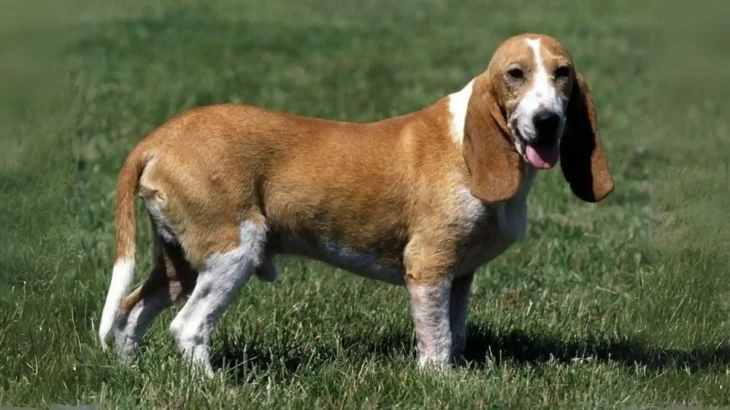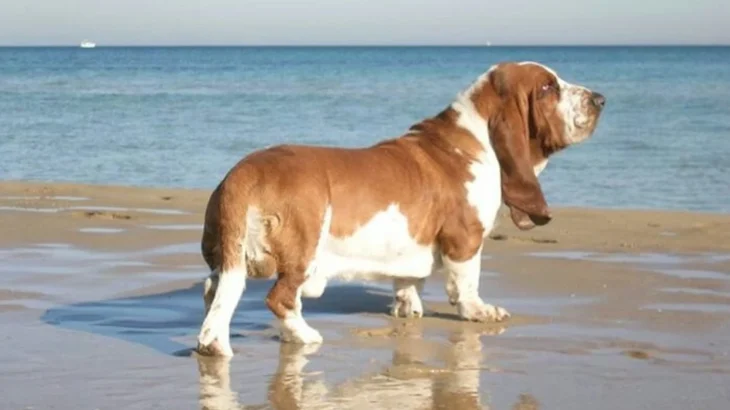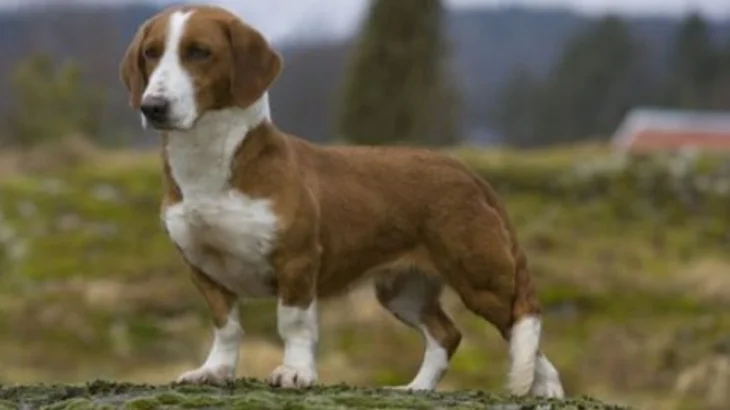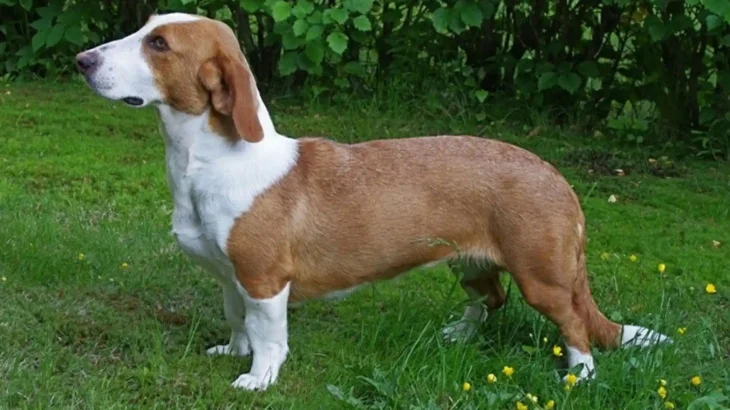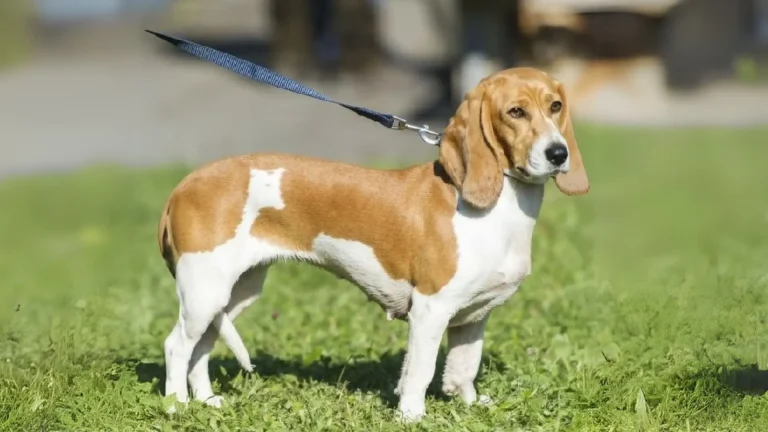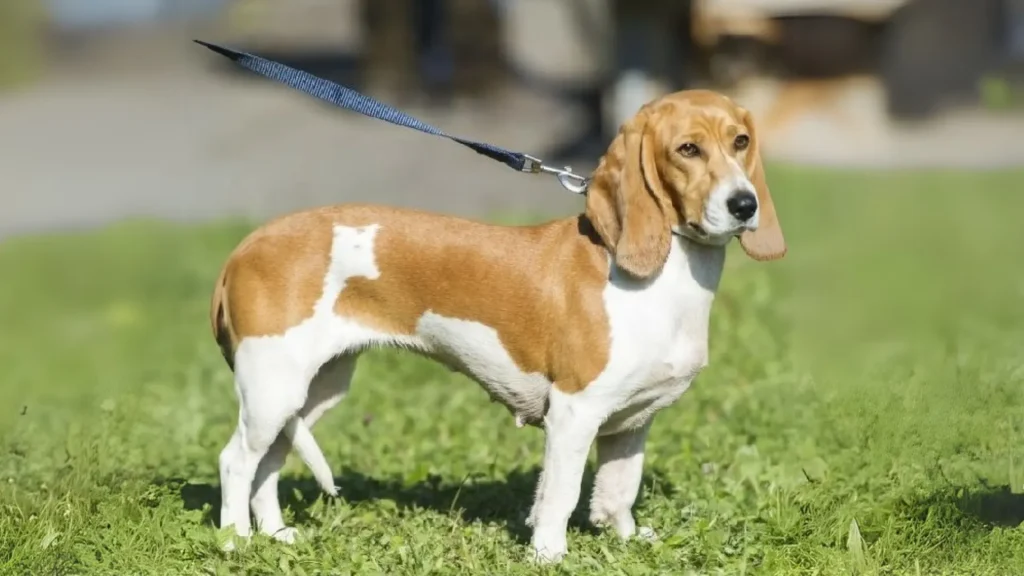Deciding whether to buy or adopt a Small Swiss Hound puppy involves weighing factors like cost, health history, and availability. Purchasing from a breeder often guarantees breed purity and detailed health information, while adoption offers a chance to provide a loving home to a dog in need, sometimes with less predictable background details.
Adoption vs. Breeder: Pros & Cons
| Criteria | Buying from Breeder | Adopting from Shelter/Rescue |
|---|---|---|
| Cost | Often higher, ranging from $1,000 to $3,500 depending on breeder and pedigree. | Generally lower adoption fees, sometimes including vaccinations and spay/neuter. |
| Health History | Detailed records and genetic screening usually provided. | Health history may be limited or unknown, but basic vet checks are typically done. |
| Age Availability | Mostly puppies, allowing early socialization and training. | Variety in age, including adults and seniors looking for homes. |
| Temperament Insight | Breeders can offer insights based on lineage and parental temperaments. | Temperament assessed by shelter staff, but less information on background. |
| Supporting Practices | Supports breeding programs; important to choose ethical breeders to avoid puppy mills. | Supports animal welfare by rescuing dogs and giving them a second chance. |
| Breed Purity & Pedigree | Guaranteed purebred with pedigree documentation. | May include mixed breeds or uncertain lineage. |


